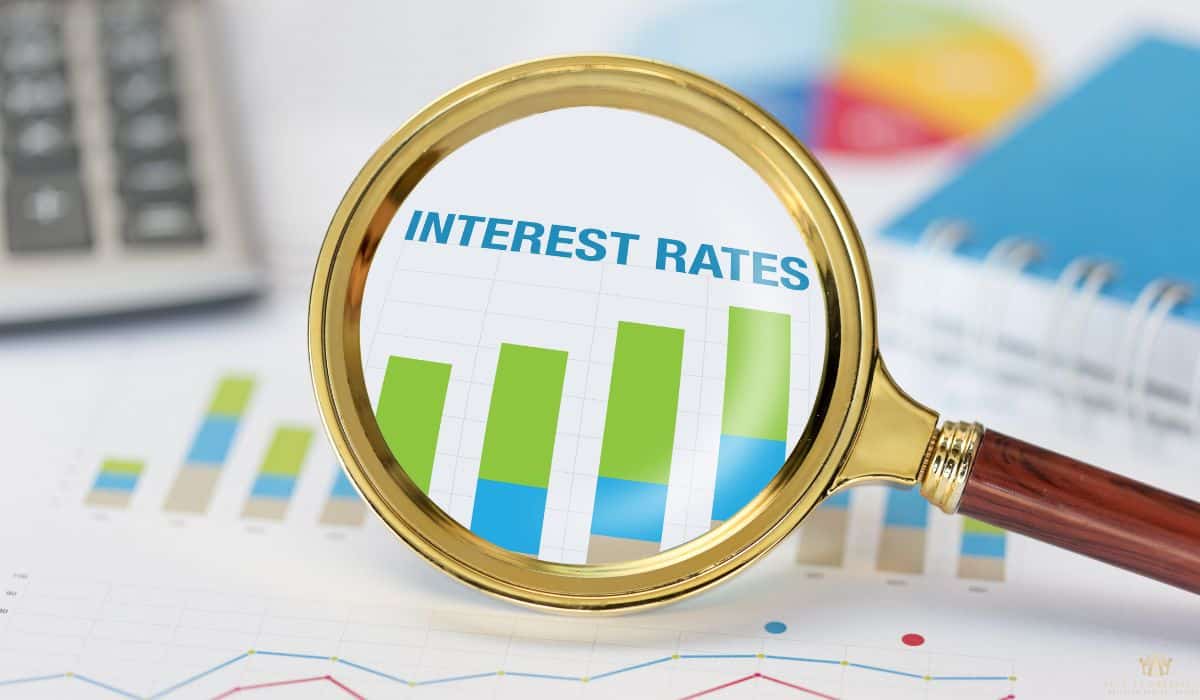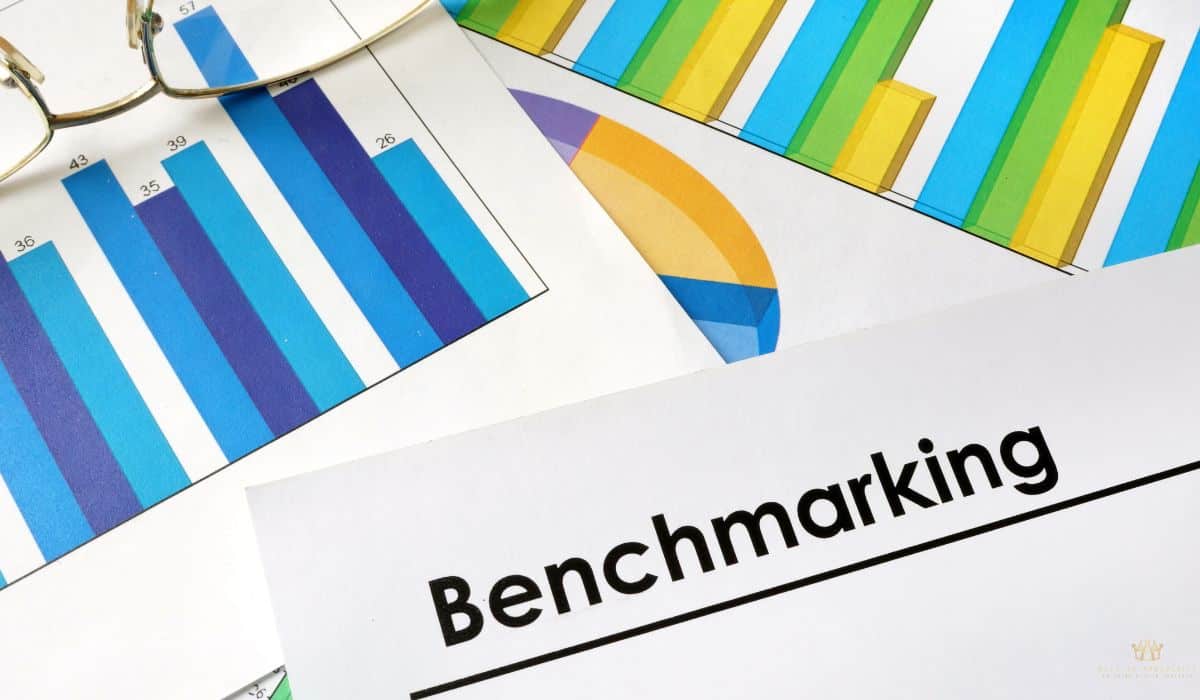
Last year’s numbers spoke loud and clear: commercial real estate activity is heating up again. Deal volume in the U.S. surged to nearly $370 billion in 2024, with a sharp 33% jump in Q4 alone.
Mind you, that kind of momentum doesn’t happen by accident. It signals that investors and owners alike are watching the real estate market closely for signs of life after a slower couple of years.
Right now, knowing how to time your commercial property sale in any market cycle can make all the difference between a profitable exit and a missed opportunity.
From our experience, success in commercial real estate doesn’t come from guesswork. It’s more about paying attention to market cycles, knowing when property values are likely to rise, and preparing your asset accordingly. That’s exactly what this guide delivers.
We’ll break down the key phases of the real estate cycle, highlight the signals that show when to sell, and share practical strategies that help investors, business owners, and portfolio managers maximize returns, regardless of where the market conditions stand in 2025.
If you’ve recently explored the Delaware statutory trust as an exit strategy, you’ll find this guide builds on that foundation. And if you’re considering a sale leaseback strategy down the line, this is the perfect primer before you dive in.
This article also ties into our broader resource on commercial real estate exit strategies, so you’re getting a complete picture of your selling options.
Short Summary
- Commercial real estate follows a four-phase cycle: recovery, expansion, hyper supply, and recession, each with distinct impacts on property values and cash flow.
- Monitoring key indicators like vacancy rates, employment growth, and interest rates can help pinpoint the best time to sell.
- Creating a data-backed exit plan and optimizing property performance can significantly boost profits in any market condition.
- Advanced strategies like portfolio diversification and identifying undervalued properties can help navigate uncertain cycles with confidence.
- Knowing how to time your commercial property sale in any market cycle gives investors a long-term advantage.
Understanding Commercial Real Estate Market Cycles And Their Four Critical Phases
Think of commercial real estate cycles as seasons that repeat every 7-10 years. Each phase brings distinct opportunities and challenges that directly impact your property values and cash flow potential.
The Recovery Phase: Finding Your Footing
The recovery phase marks the end of tough times. Vacancy rates start dropping, and rental rates stabilize after hitting bottom.
For instance, many office space properties that were struggling at 40% occupancy suddenly jump to 65% within 18 months during recovery periods. Construction activity remains minimal, which helps absorb existing inventory.
Consumer confidence begins returning, though cautiously. Employment rates improve gradually, creating demand for commercial property space across different property types.
Expansion Phase: The Sweet Spot
Here’s where commercial real estate really shines. Property prices climb steadily, rental income grows consistently, and investor confidence peaks. Consider how distribution centers performed during the recent e-commerce boom. Rental growth hit double digits in many markets.
New construction picks up pace. Job growth accelerates, driving demand across all commercial real estate activity.

Hyper Supply Phase: Proceed with Caution
Construction activity reaches fever pitch during this market phase. Rising demand from the expansion phase triggers too much development. Take office space markets in certain cities. New buildings flood the market faster than tenants can fill them.
Occupancy rates start declining. Rental and occupancy rates plateau or begin dropping as supply outpaces demand.
Recession Phase: The Reality Check
Declining property values define this challenging period. Vacancy rates spike, rental income drops, and distressed assets become common. For example, retail properties often get hit hardest, with negative growth in rental rates sometimes lasting years.
Smart investors focus on undervalued properties during this phase. Market conditions favor buyers over sellers, creating future opportunities for those with patience and capital.
Different property types respond uniquely to these cycles, making market analysis crucial for timing decisions.
Essential Market Indicators That Signal Prime Selling Opportunities
You don’t need a crystal ball to know when to sell, but you do need the right data. Over time, we’ve seen how keeping an eye on just a handful of indicators can give you the edge in timing your commercial property sale for maximum gain.
Watch Vacancy, Occupancy, And Rental Rates
These three stats are your first clues into the health of a commercial property market.
- Vacancy rates going down? That’s usually a sign of rising demand.
- Higher occupancy rates suggest income stability and strong tenant interest.
- Climbing rental rates often reflect investor confidence and upward pressure on property value.
Say a property manager noticed retail vacancies in their neighborhood dropped below 5% while lease rates climbed 10% year-over-year. That’s a strong “sell” signal in most cycles.
Follow Employment And Job Growth
Job numbers can directly affect commercial real estate demand. More jobs mean more need for office space, retail stores, and industrial warehousing.
Keep an eye on:
- Local job growth trends
- Consumer confidence indexes
- Any surge in regional employment related to new industries
Keep Tabs On Construction And Permits
Too much new supply? That’s a red flag. Healthy demand can support new builds, but overbuilding leads to softening rents and higher vacancy.
- Watch the number of new construction permits filed.
- Monitor active commercial construction sites, especially in your asset class.
If, for example, permit activity for Class A multifamily suddenly spikes downtown, existing landlords might be facing lower renewal rates next year.

Track Interest Rates
Changes in rates directly affect cap rates and buyer appetite. High interest rates usually mean fewer buyers and more conservative offers.
Let’s say a 25-basis-point hike dropped investor activity overnight. Owners who had locked in strong cash flows earlier were in the best position to sell while others held on.
Smart investors sell when the numbers—not emotions—say it’s time. These markers help pinpoint your exit with confidence and avoid selling during a slump.
How To Time Your Commercial Property Sale In Any Market Cycle: Proven Framework
Knowing how to time your commercial property sale in any market cycle? That’s not luck. There’s a repeatable system we’ve seen smart investors use to line up the right deal at the right moment. Here’s how to build your own framework:
Build A Market Monitoring System
Don’t wait for headlines to tell you what’s happening. You should already know.
- Set up quarterly reviews of local vacancy rates, rental trends, and economic indicators.
- Track national signals like GDP growth, unemployment, and interest rate shifts.
- Use tools like CoStar, REIS, or even Google Alerts to stay updated without spending hours digging.
For instance, someone tracking employment trends in their metro might’ve spotted the shift toward remote work earlier, and exited office space before prices slipped.
Match Exit Strategy To The Market Phase
Your exit plan should shift with the cycle. Selling during expansion looks different than selling in a downturn.
- In recovery or expansion, aim for full-price sales.
- During hyper supply or recession, consider alternatives like refinancing or sale-leaseback.
- Tie your investment goals to market dynamics; don’t force a sale if conditions aren’t there.
Say someone held a mid-tier retail strip and saw early signs of oversupply in the pipeline. Instead of waiting, they offloaded while cap rates were still compressed.
Maximize Property Value Through Management
A polished property draws stronger offers. That’s not theory, it’s proven!
- Tighten up operating expenses without cutting tenant service.
- Rebrand or refresh exterior aesthetics.
- Secure longer lease terms if possible—stability sells.
Take an apartment owner who staggered leases and boosted NOI with minimal upgrades. Their sale price jumped by 12% compared to comps in the same area.
Weigh Income Vs. Appreciation Carefully
In some markets, it’s better to cash flow. In others, appreciation drives the play.
- Run hold-sell analyses based on net operating income projections.
- Use comps and cap rate trends to estimate future value upside.
Those who sold too early in appreciating markets often missed big equity jumps. Those who held too long in flat ones left money on the table.
A solid framework doesn’t just prepare you to sell. It gives you control, regardless of where the market’s headed.
Advanced Strategies For Maximizing Returns Across All Market Conditions
You don’t need perfect timing to win in commercial real estate. You need the right playbook. Let’s walk through a few smart moves investors can use no matter where the market stands.

Find Opportunity In Demand Swings
Every phase brings chances if you’re watching closely.
- During rising demand, reposition tired assets or lease-up vacant space fast.
- In downturns, identify undervalued properties in good locations with long-term potential.
- Pay close attention to rent trends and tenant migration. It helps spot the next hot corridor.
Think about an investor who saw industrial leases climbing in secondary markets. They snagged a dated warehouse, renovated, and locked in a long-term logistics tenant just before values jumped.
Diversify With Purpose
Think diversification is just another buzzword? Not so. It’s protection!
- Mix property types (office, retail, multifamily) based on market signals.
- Spread assets across regions to balance out local downturns.
- Blend stabilized cash-flowing properties with value-add or repositioning plays.
Picture someone holding only strip retail in a market flooded with e-commerce shifts. They started small with a flex space acquisition and gradually optimized portfolio diversification as part of a broader strategy.
Play Offense During Hyper Supply
Yes, even oversupply can work in your favor if you’re tactical.
- Look for distressed assets with solid bones but poor management.
- Negotiate hard—motivated sellers often leave margin on the table.
- Factor longer lease-up time into underwriting and price accordingly.
One example: An investor picked up a Class B office building at a discount when new construction outpaced demand. After two years of focused tenant improvement and incentives, they doubled equity.

Build Smarter Market Models
A reliable framework keeps emotion out and sharp decisions in.
- Combine hyperlocal insights (like zoning changes or transit developments) with national economic trends.
- Map out historical rent growth, absorption, and vacancy patterns.
- Layer in demographic shifts and consumer spending for a full picture.
Those who relied only on national headlines in 2020 missed major micro-market opportunities. That’s where a hands-on, locally tuned model makes all the difference.
You can’t control the market, but you can control your game plan. These investment strategies keep you one step ahead.
Final Thoughts
Market cycles don’t wait around for perfect timing, but you don’t need perfection to make smart moves. Keep an eye on the data, stay flexible with your strategy, and focus on building value over time.There’s always a way to move forward, no matter the phase. If you found this guide helpful, take a minute to explore more insights and tools on our homepage. Let’s help you stay ahead of the market.
Frequently Asked Questions
What Are The Four Phases Of The Commercial Real Estate Cycle?
The four phases are recovery, expansion, hyper supply, and recession. Each phase affects investor behavior, pricing, and cash flow potential differently.
How Do I Know When It’s A Good Time To Sell My Commercial Property?
Look at a mix of indicators like low vacancy rates, strong job growth, rising rental demand, and favorable interest rates. These signals often point to solid selling opportunities.
What’s The Benefit Of Aligning My Exit Strategy With The Market Cycle?
Timing your sale based on the current market phase can help you lock in stronger returns and reduce risk. It’s all about working with the market, not against it.
How Can I Reduce Risk When Selling During Uncertain Market Conditions?
Diversify your portfolio, understand local market trends, and focus on maximizing value before listing. In some cases, repositioning or holding for the next upswing can also pay off.






